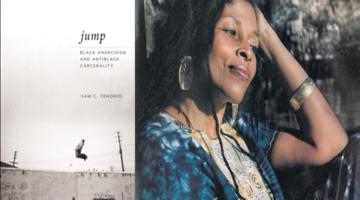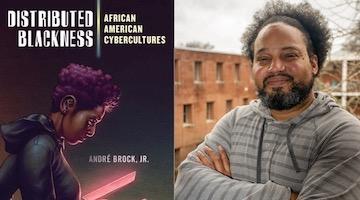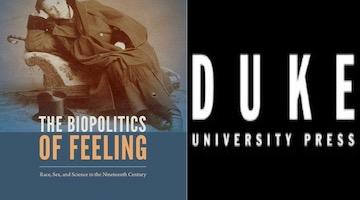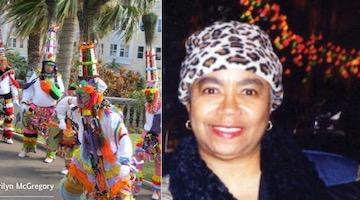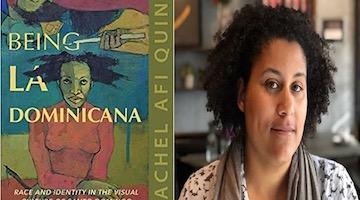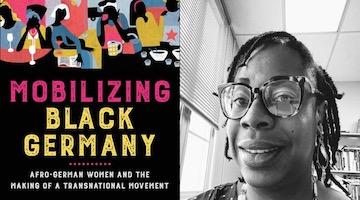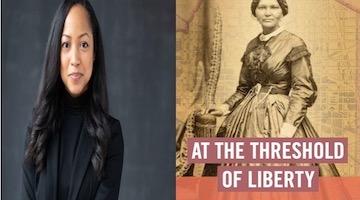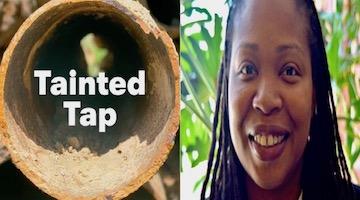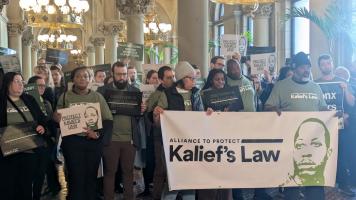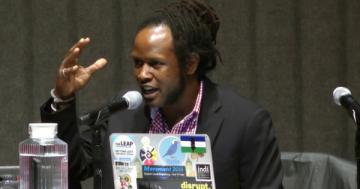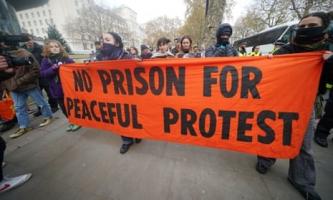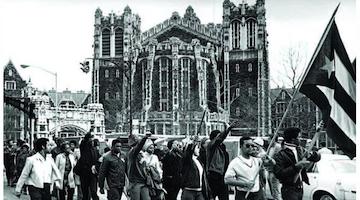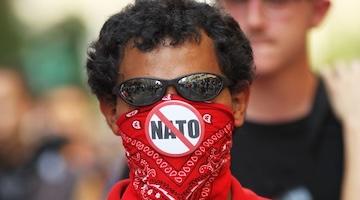This is a story about the ways in which the Maroons positioned themselves within a powerful and expanding empire.
“Claiming descent from the Maroons is a sign of great pride.”
In this series, we ask acclaimed authors to answer five questions about their book. This week’s featured author is Ruma Chopra. Chopra is Professor of History at San José State University.Her book is Almost Home: Maroons between Slavery and Freedom in Jamaica, Nova Scotia, and Sierra Leone.
Roberto Sirvent: How can your book help BAR readers understand the current political and social climate?
Ruma Chopra:Almost Home speaks to the complexities of race-making, to the gradations within the categories of white and black.The Trelawney Town Maroons faced and overcame a great deal of racial discrimination. This was an essential part of their experience. Without denying this, my work explores the agency they had in making and remaking themselves in the British world. Almost Home is a story of both racism and agency, and specifically, about the ways in which the Maroons positioned themselves within a powerful and expanding empire.The Maroons were dispossessed in relation to whites but empowered in relation to other marginalized people: In Jamaica, they stood above slaves; in Nova Scotia, they were separate from both blacks and indigenous people; and in Sierra Leone, they were distinct from Africans.
The book also speaks to the long black struggle for social integration in the Americas. We have tended to think of the Maroons as “freedom fighters” or as tragic, displaced victims of colonial power. But the Maroons were also Americans who wanted to belong and succeed in a world stage. They made pragmatic painful choices to protect their families and their community. They endured.
What do you hope activists and community organizers will take away from reading your book?
Almost Home is a narrative of courage. The Trelawney Town Maroons remained an unvanquished people. A group of about 150 families (550 people) found themselves banished from their homes and shuttled across the Atlantic world, from Jamaica to Nova Scotia, and then to Sierra Leone, in just four years, between 1796 and 1800. Remarkably, some Maroons found their way back home in the 1840s, after the British abolished slavery.
To this day – more than 200 years after their exile – a small community of ex-slaves remain heroes for people in Jamaica, Nova Scotia, and Sierra Leone. Claiming descent from the Maroons is a sign of great pride. The Maroons’ struggle provides confidence to new generations; their remembered swagger keeps something essential alive in all of us.
“Maroon families manifest the awful contradictions of remaining free in an age of slavery.”
Throughout, the Maroons maneuvered not only to survive but to prosper. They hid their secret blood-oath ceremonies and adopted the names of white patrons. They used their military experience to capture slave runaways in the Jamaican mountains and to suppress black rebels in Sierra Leone. Some Maroons even became slave owners. Maroon families manifest the awful contradictions of remaining free in an age of slavery.
We know readers will learn a lot from your book, but what do you hope readers will un-learn? In other words, is there a particular ideology you’re hoping to dismantle?
Great question. We have tended to admire outright resistance and to regard accommodation as a tragic last-defense reaction. Sometimes it seems that the only heroes we allow for are those who never cease suffering. I am hoping Almost Home will help us to see accommodation as part of the longer history of slavery. It too had its turbulence, outside the dialectic of obedience and rebellion.
The Maroons were attached to the British world. This provided them with a degree of autonomy, increased their mobility, gave them opportunities for deeper contact with whites, in short, it gave them an understanding of the conventions of white society. The Maroons gained real privileges for their attachment in Jamaica and in exile:Their nuanced grasp of British norms made their marginal condition more manageable in Jamaica, their sense of imperial obligations and their high self-regard gave them the resilience to resist their conditions in Nova Scotia, and their intuitive grasp of British needs in West Africa elevated them in Sierra Leone.
Who are the intellectual heroes that inspire your work?
Too many to name and growing daily. Those ready to consider the full range of human behavior in all its contradictions without moralism. Those who complicate the relationship between written history and lived memory. Those working to create pasts in museums, theme parks, historical houses, novels, and films where most people first confront history.
In what way does your book help us imagine new worlds?
As B. W. Higman has noted, moral judgments elicit emotional responses but also practical action. Despite the whole range of thorny issues bound up with emotions of shame and guilt, perhaps we need to be braver about recognizing this reality.
One example will suffice. The Maroons were able to survive slavery and maintain their families intact because they maneuvered within the logic of the empire but also because the anti-slavery reformers in Britain transformed them into world news. British evangelicals sentimentalized the Maroons as “poor and helpless refugees” who could not possibly survive the winters of Canada. Black bodies, they agonized, would die drinking cold water in Nova Scotia. This outpouring of emotion over “winter” enabled the Maroons to relocate to Sierra Leone where they became valuable to the empire in a way not possible in Nova Scotia. In Sierra Leone, Maroon children learned English, became clerks, entered Christian marriages, and hired Africans as servants. Of course, this was not as prestigious as becoming part of the established white elite. But we must judge what was won within its actual context. The Maroons, time and time again, reached for everything that was possible.
Roberto Sirventis Professor of Political and Social Ethics at Hope International University in Fullerton, CA. He also serves as the Outreach and Mentoring Coordinator for the Political Theology Network. He is co-author, with fellow BAR contributor Danny Haiphong, of the book,American Exceptionalism and American Innocence: A People’s History of Fake News—From the Revolutionary War to the War on Terror.
COMMENTS?
Please join the conversation on Black Agenda Report's Facebook page at http://facebook.com/blackagendareport
Or, you can comment by emailing us at comments@blackagendareport.com

